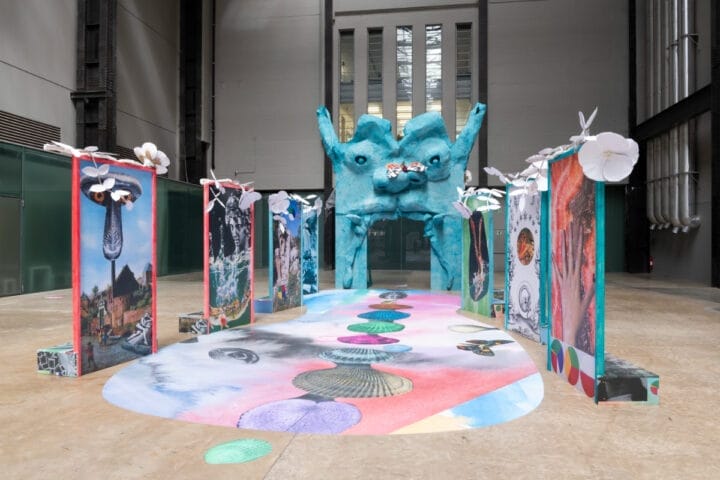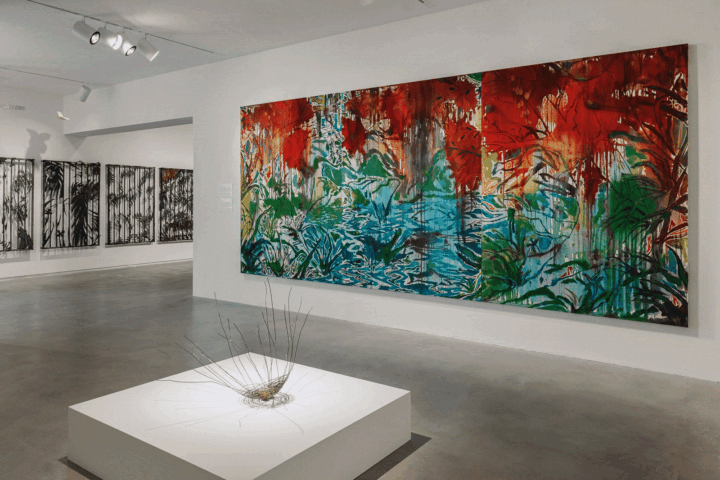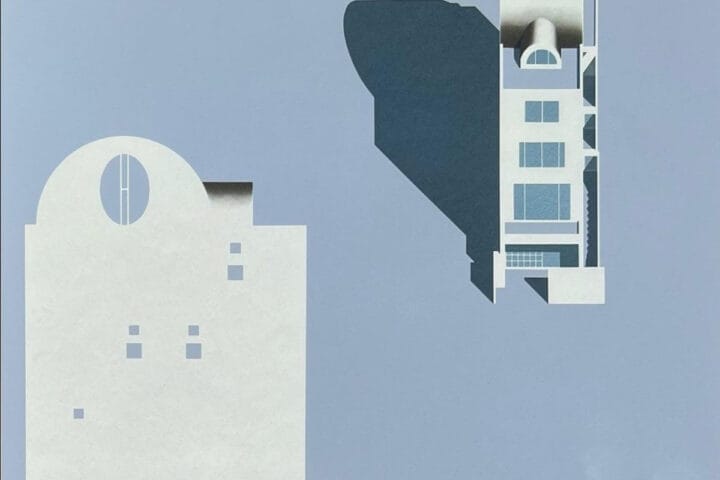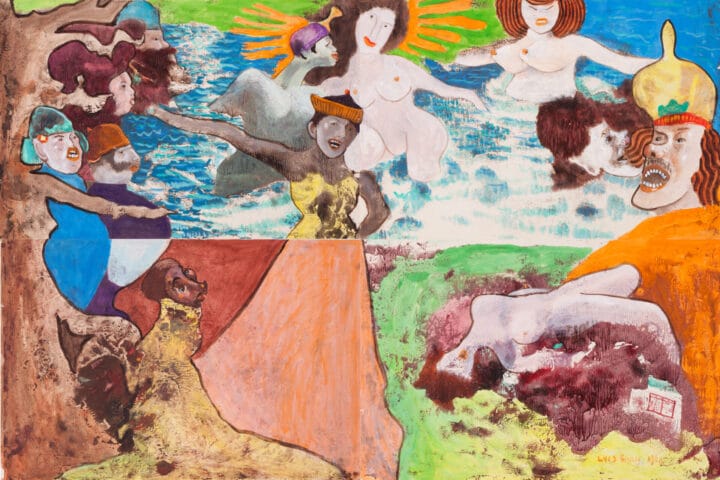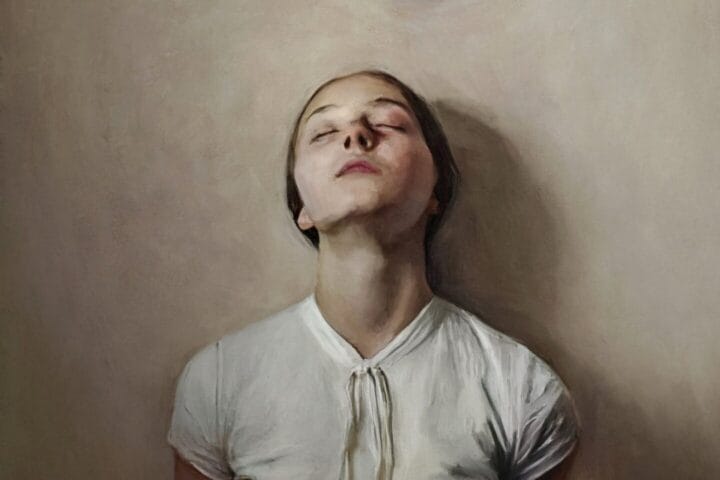After a meticulous conservation process spanning 14 months, Peter Paul Rubens’s iconic painting – The Judgement of Paris (probably 1632‒5) – is returning to public display. The masterly restoration was conducted in the National Gallery’s Conservation Department, with generous support from the Bank of America Art Conservation Project.
Earlier this year, the National Gallery commenced its Bicentenary celebrations, a year-long tribute to two centuries of art, creativity, and fostering connections between people and paintings. Coinciding with this festival, the Gallery launched an ambitious conservation project, focusing particularly on its most esteemed masterpieces.
The Judgement of Paris, painted during Rubens’s last decade, is celebrated as one of his top-tier works. It masterfully captures the pivotal moment when Paris had to choose between three goddesses – Venus, Minerva, and Juno. This composition, repeatedly painted by Rubens, stands out as a significant and indisputable autograph work, making it a gem within the National Gallery Collection.
The conservation of this monumental work of art exemplifies the collaborative approach and collective expertise the National Gallery utilizes to restore its invaluable collections through integrated scientific and art-historical research methods.
Investigation techniques such as infrared reflectance imaging spectroscopy (RIS) and X-ray fluorescence (XRF) revealed that the painting underwent several restorations after Rubens’s death in 1640. In addition, costly pigments like ultramarine were discovered in Venus’s blue cloak, revealing the extent of Rubens’s investment in his work.
Additionally, modifications made by Rubens to the physical structure of his painting came to light. He extended the size of the panel for more space around the figures and made alterations to key aspects of the composition.
These discoveries help the viewer understand Rubens’s original intention and expose the evolution of the painting through centuries. They also presented the conservator, Britta New, with tough decisions regarding the extent of restoration – should the work remain as it had evolved over centuries, or should it return closer to Rubens’s original concept? After careful discussion with curator Bart Cornelis, an approach that respectfully retains the painting’s layered history was chosen.
The panel on which Rubens worked was also carefully analysed. Jean-Louis Hacquin, known for his ‘adjustable’ cradle work, was identified as the likely creator of the painting’s cradle. Given the good condition of the panel, adjustments were made to the cradle support rather than replacing the entire structure.
Adding the final touch, The Judgement of Paris has been fitted with a late 17th-century French Louis XIV frame, giving a nod to the painting’s historical French ties and creating harmony within the collection of Rubens’s works.
All in all, as Rubens’s masterpiece is revealed anew, we are confronted with a centuries-old narrative of artistic evolution and dedication that continues to resonate in our modern world.



